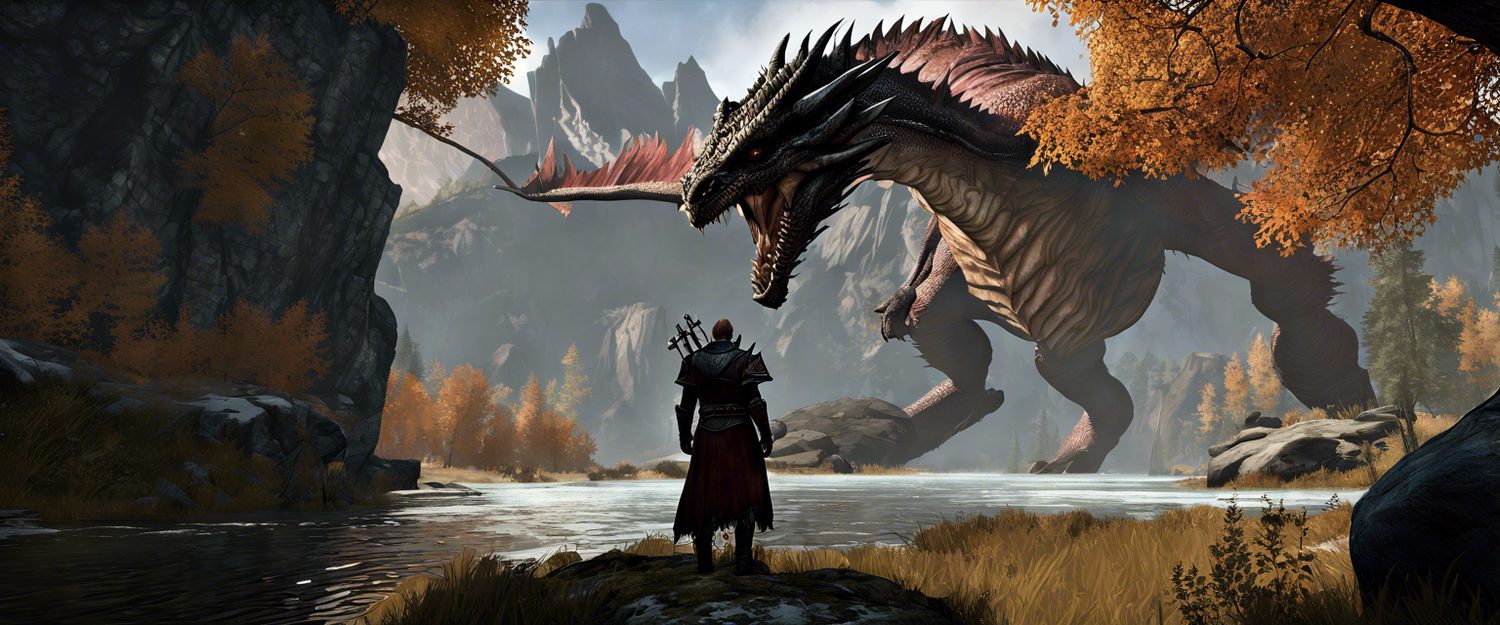The Surprises of Dragon Age: The Veilguard: An Unexpected Journey
Before I played Dragon Age: The Veilguard, I created a mental checklist of choices I was going to make. It's a personal ritual I follow for any decision-based RPG. Through thorough research, including previews, demos, and conversations with friends, I laid out my decisions ahead of time. This approach has often amplified my enjoyment as I explore the contrast between premeditated choices and actual gameplay outcomes. The greater the disparity, the better the game – and Veilguard opened wide this gap.
Character Creation: A Shift in Perspective
The first unexpected choice erupted from the character creation phase, specifically regarding class selection. Players can choose between warrior, rogue, or mage. Historically, I’ve not been fond of playing mages in the Dragon Age series, as they often represented oppressed minorities, a narrative I found challenging to engage with. However, Veilguard took me beyond these constraints, allowing me to explore the mage class in a world where they're celebrated rather than marginalized.
A New Way to Experience Mages
The change in setting made my mage experience remarkably different. Here, mages fight alongside other classes, akin to Gandalf in The Lord of the Rings—combat-ready and dynamically involved. My combat strategy thrived on the ability to switch between my knife/orb and staff, injecting a kinetic energy into every encounter. This unique mechanic allows mages to engage foes in close quarters while simultaneously unleashing ranged attacks.
Elemental Affinity: A Strategic Layer
Another engaging feature is the new elemental system. This system assigns elemental affinities to my abilities and vulnerabilities to enemies. Each battle becomes an intricate puzzle of rock-paper-scissors mechanics. For instance, I faced a cadre of evil mages vulnerable to ice, matched perfectly with fire-wielding demon allies. The thrill of strategically equipping weapons based on these strengths and weaknesses became one of the most enjoyable elements of gameplay. My favorite was summoning lightning powers, delivering impactful blows that reverberated through my DualSense controller.
Dynamic Combat: Combo Systems and Party Composition
The combo system adds a stylish flair to battles. Partnering up with a character capable of producing status effects allows for explosive outcomes. However, lengthy encounters with tanky enemies require thoughtful party composition; blindly stacking synergistic abilities can impede the engaging banter that fans cherish in the series. Notably, Emmrich the necromancer and Taash the dragon hunter – despite lacking initial compatibility – delivered some of the funniest exchanges. Prioritizing their amusing interactions over turn-based synergy opened a pathway to rich character development.
Unexpected Romances: A Heartfelt Journey
As I continued through the story, I found myself entangled in an unexpected web of potential romances. Originally, I aimed for Lucanis, the moody assassin, but as I progressed, sparks of chemistry ignited with every character. The noble Grey Warden Davrin reminded me of past Dragon Age love interests, while Harding's sweet disposition juxtaposed perfectly with her physical charm. Neve’s severity as a mage detective resonated with past preferences, and Taash offered an alluringly robust presence that was hard to ignore.
Emmrich: A Surprising Choice
Ultimately, I chose to pursue the romance with the elderly necromancer, Emmrich. BioWare’s portrayal of his character offered sincerity and a refreshing escape from stereotypes, addressing the complexities of dating across age gaps. Their relationship was sweetly nuanced, sidestepping caricatures common in media. One of my favorite moments came post-romance; while my character lay comatose in the shared coffin, Emmrich was up and about, adding to the humor of the situation.
A Climactic Confrontation: Choices at the End
My greatest divergence from expectation appeared during the climactic showdown with Solas, the story’s secondary antagonist. I had meticulously crafted my narrative to seek revenge against this character due to his history of betrayal. My resolve wavered as the game unveiled nuances of Solas’s narrative, prompting me to consider a choice rooted in compassion rather than vindication. After years of anticipating this confrontation, I chose mercy instead of vengeance. It was a decision weighted with emotional significance, showcasing BioWare’s exceptional storytelling.
Conclusion: The Impact of Choice
In Dragon Age: The Veilguard, my decision-making framework fell apart, as premeditated outcomes transformed into a tapestry woven from emotional experiences. BioWare’s storytelling prowess and character depth reshaped my journey, emphasizing the beauty of unexpected choices and connections. The disparity between premeditated decisions and actual gameplay reflects the masterful crafting of this narrative, making every encounter feel meaningful. In embracing the unpredictability, I discovered joy in the journey, one that transformed my approach to narrative-driven RPGs.



Laat een reactie achter
Alle reacties worden gemodereerd voordat ze worden gepubliceerd.
Deze site wordt beschermd door hCaptcha en het privacybeleid en de servicevoorwaarden van hCaptcha zijn van toepassing.